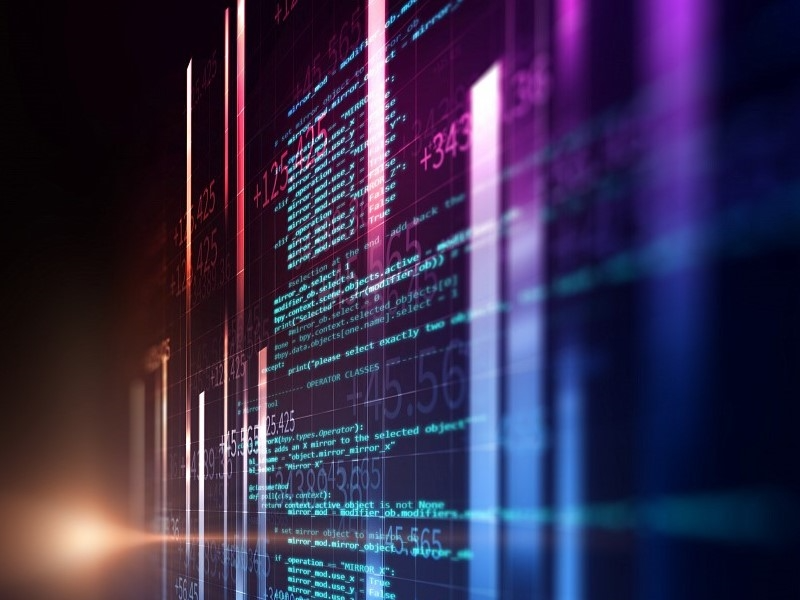- Firmware provides the foundational software needed for hardware to operate, while middleware ensures that software applications can communicate and integrate seamlessly.
- Firmware and middleware are both essential components in the technology ecosystem, but they serve distinct roles and operate at different levels.
In the world of technology, software plays a pivotal role in the functionality and performance of devices and systems. Among the various types of software, firmware and middleware are two crucial but often misunderstood components. In this blog, you can understand the differences between them, which can provide valuable insights into how your devices and applications work.
What is firmware
Firmware is a specialised type of software that is embedded directly into hardware devices. It operates at a low level, providing the necessary instructions for the hardware to function and communicate with other software. Firmware is often stored in non-volatile memory, such as ROM (read-only memory) or flash memory, which means it remains even when the device is powered off.
Firmware controls and manages the hardware components of a device, such as the CPU, memory, and input/output interfaces. In computers, firmware is responsible for initialising the hardware and starting the operating system.
Also read: Firmware uncovered: Is it hardware, software, or both?
What is middleware
Middleware is software that sits between the operating system and applications or between different applications. Its primary role is to enable communication, integration, and data management across diverse systems and applications. Middleware provides essential services and functions that allow software applications to interact with each other and with the underlying operating system in a seamless manner.
It provides various services such as database management, messaging, authentication, and transaction processing. Middleware abstracts the complexities of underlying systems, allowing developers to focus on building application-specific logic without worrying about low-level interactions.
Also read: Nissan and Honda unite for next-gen software platform
Key differences between firmware and middleware
Level of operation: Firmware operates at a low level, interacting directly with hardware components. But middleware operates at a higher level, facilitating communication and integration between software applications and systems.
Purpose: Firmware can ensure hardware functionality and manage basic operations. Middleware provides services that enable software applications to work together and interact with underlying systems.
Storage and execution: Firmware is stored in non-volatile memory within hardware and executed at the hardware level. Middleware runs on top of the operating system and interacts with software applications.
Update frequency: Firmware updates are less frequent and require careful handling to avoid hardware issues. Middleware updates are more frequent and focus on enhancing functionality and compatibility between software systems.
Firmware and middleware are integral to the functioning of modern technology, each serving a unique and essential role. Firmware provides the foundational software needed for hardware to operate, while middleware ensures that software applications can communicate and integrate seamlessly. By understanding the differences between these two types of software, you gain a deeper appreciation for the complexity and coordination required to make technology work smoothly. Whether it’s ensuring your device boots up correctly or enabling disparate applications to interact, both firmware and middleware are unsung heroes in the realm of technology.

